shironosov/iStock/GettyImages
Hydrogen peroxide and baking soda make a good team: Peroxide is a cleaning agent and baking soda neutralizes odors. That's why many toothpaste products include either baking soda, peroxide or both. An at-home mixture of baking soda and peroxide can make a good substitute for toothpaste. If you're planning to use the mixture for toothpaste, just add a drop of peppermint oil to improve the taste.
Pour 1/4 tsp. of hydrogen peroxide into a mixing bowl.
Slowly add 1 tsp. of baking soda to the hydrogen peroxide. If you're making toothpaste, the mixture should be a paste-like consistency.
Continue stirring the baking soda and peroxide until mixed thoroughly. Add more peroxide or baking soda, as needed.
Related Articles

How to Soak Your Feet in Mouthwash

How to Get Pen Ink Out of a Polyester & ...

How to Make a Lip Mask for Extremely ...

Will Cream of Tartar Whiten Teeth?

How to Make Your Own Oxygenating ...
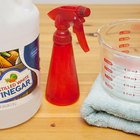
How to Clean Hair With White Distilled ...

How to Clean Scuffed Up Rain Boots

How to Make Fresh Strawberry Frosting ...

How to Whiten Natural Nails

How to Respond to a Compliment From a ...
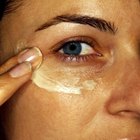
The Best Facial Moisturizer That Won't ...
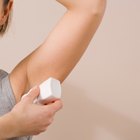
How to Make Natural Deodorant From ...

How to Get Ink Off Fingers
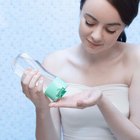
How to Make Gel Moisturizer

How to Make Toasted Bread Sticks With ...

How to Sterilize Eyeglasses

How to Remove the Smell of Cologne From ...

How to Clean an Amethyst Ring

How to Make Blackened Seasoning Without ...
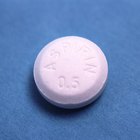
How to Remove Yellow Stains on White ...
References
Writer Bio
Based in Georgia, Loletrazina Church has been a professional freelance writer for more than 24 years. She has written several health-care articles and advertisement publications for websites such as KennethCole.com and Panasonic.com. Church attended Delgado College with a major in surgical technology.